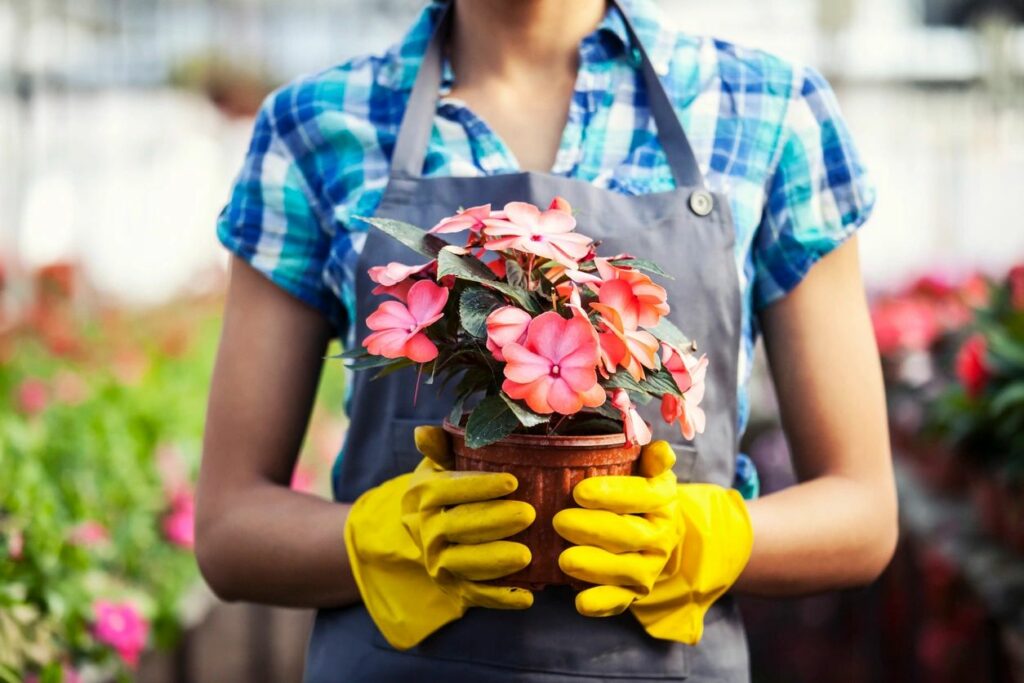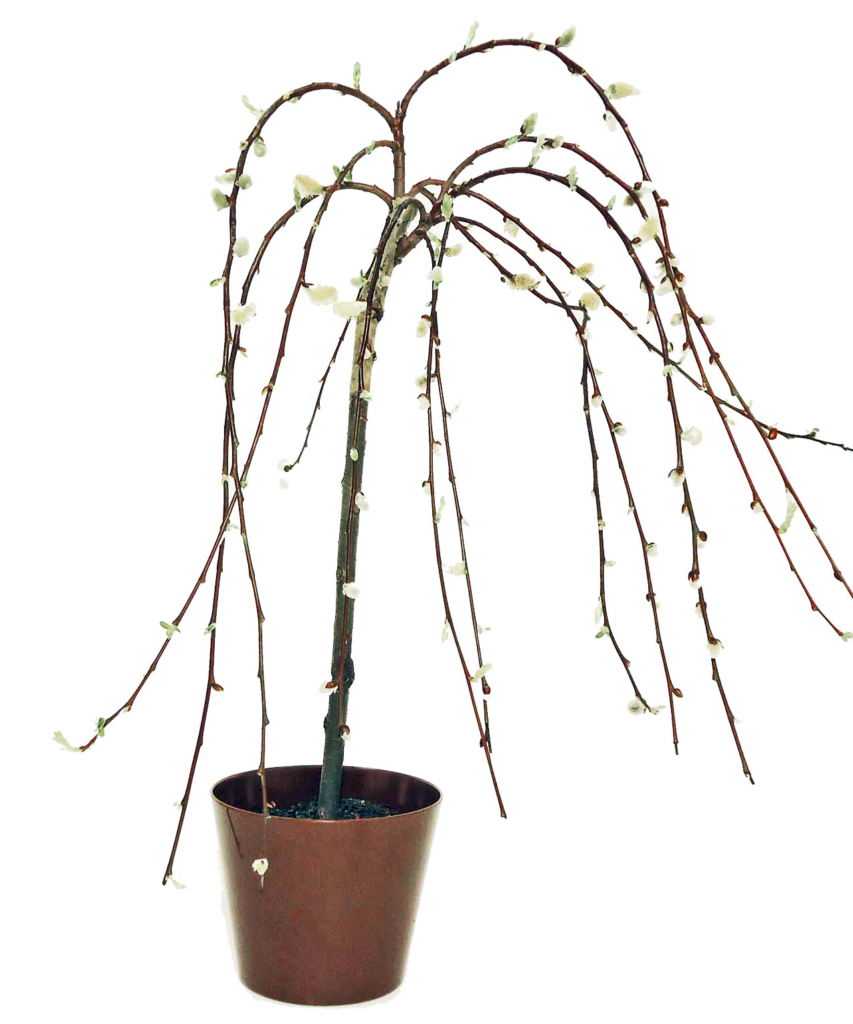
Repotting can be a chore, but it can make a world of difference for your plants and provide a décor refresh for your home and garden. Learn whether your plant is ready to spread its roots and how to make it fun and rewarding.
Is It Time?
Many plants will be happy in any size container, but some are not quite as tolerant. Here are some tell-tale signs that your plant is ready for an upgrade:
It needs constant watering
When a plant has become root-bound in its container, the soil to root ratio is too imbalanced to retain the water you give it. That day’s watering is getting used up immediately and that’s probably still not enough.

Growth has stopped
This plant has decided that’s enough for me. It has reached its maximum height for its current space and unless more resources become available, new shoots will not produce.
For some people, this is exactly what they want. They like the size their plant came in and want to keep it that way. Which is just fine! But if you are wanting a little more of a size increase, consider moving it to a larger container.
I see roots!
When roots are where they shouldn’t be, that’s usually a sign your plant needs a roomier setup. A plant will send out roots to search for water wherever they can. When roots are poking out of the surface or squeezing through drainage holes, it’s time to repot.
Tips for Successful Repotting
- The new pot should be about a “size up.” If it’s too small, it won’t benefit the plant in any way, and if it’s too large, it will cause uneven watering.
- Be sure to use fresh potting soil in the new container. The added nutrients in the new soil will give your plant a much-needed boost.
- Give the plant a thorough watering when repotted to help establish the roots.
- Try to repot your plant during dormancy and avoid repotting in times of increased stress (really hot or cold weather, or other unfavorable conditions).
- Make it fun! Use this opportunity to spruce up your home with a new container or display.

The Pussy Willow Tree can stay in its pot for awhile. But like most trees, it requires a lot of water and may eventually need a bigger pot to support new root growth.
Reminder: Don’t Overdo It
Repotting should not be the go-to solution for when your plant looks stressed. First, look into the care instructions for your plant and be sure it has sufficient watering, light, aeration, and fertilizer. In fact, some plants actually prefer their roots to be nice and tight.
Now you have all the tools and knowledge to tackle repotting. Comment below with some of your successful repotting ventures or share some tips of your own!
